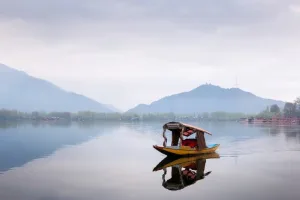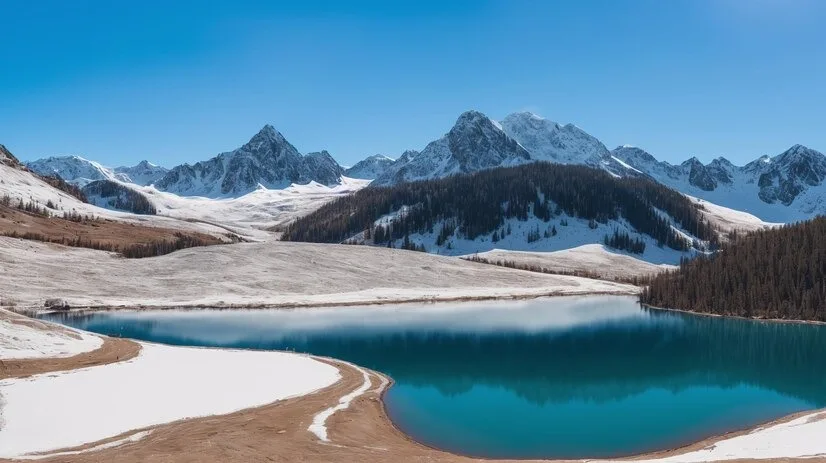The prolonged dry winter has been a cause of much worry in Kashmir. It is sign of increasing adverse impacts of climate change and global warming in Kashmir. All this augurs not well for the electricity prospects of Kashmir and overall water resources, with it hitting hard the agriculture prospects. Snowfall is the main core of Winter in Kashmir. Kashmir’s winter is divided into three phases: “Chillai Kalan”, the harshest 40 days when snowfall is heaviest and the period lasts till January 29, followed by 20 days of lighter “Chillai Khord” lasts till February 19 and 10 days of “Chille Bachi”, baby cold, lasts till March. Kashmir winter has no charm if there is no snow. This winter Kashmir is witnessing one of the driest winters with zero snow. This is posing grave threat to agriculture and tourism. Even the world famous hill stations like Gulmarg and Pahalgam are having zero snow that are badly hitting the tourism.

As currently it is snowing a little in some mountains parts of Kashmir, but plains are still dry. The overall prospect of core part of winter going dry is a worrying phenomenon. Abdul Ahad, a commoner states:” This has been an unprecedented dry winter in Kashmir hitting badly both health of masses and economy of Kashmir. We in Kashmir need to gear up to the rising challenges of winter. One hopes at least it snows more to compensate the dry winter of Kashmir. “
Although The fresh snowfall and showers at some places has ended the prolonged dry spell, which was being considered as very alarming. Environmental experts observe that prolonged dry spells in winter and Summer in Kashmir are indicators of worrying climate change. But, overall winter in Kashmir remaining dry is a matter of grim concern

